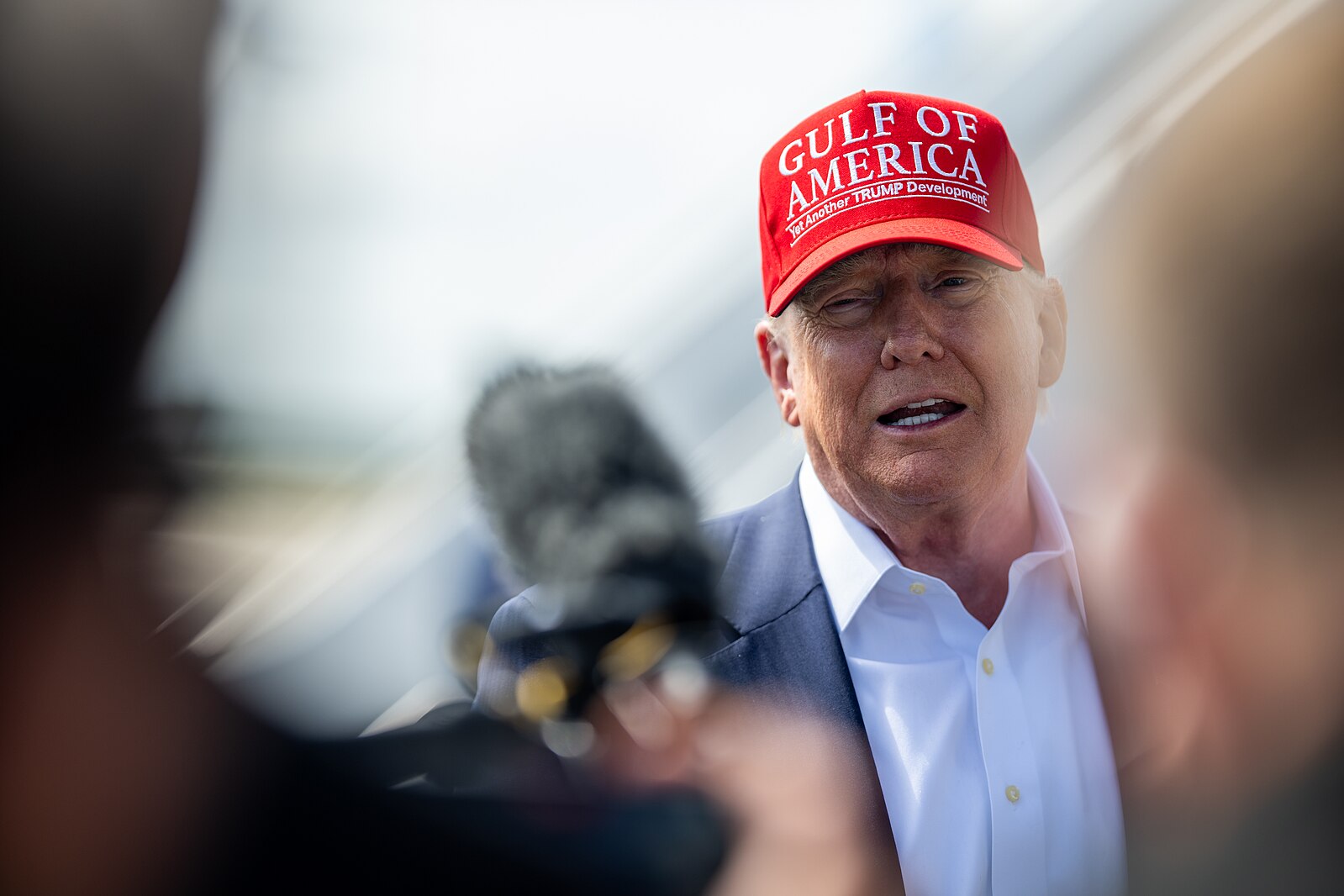U.S. News
Trump Tariffs Could Cost U.S. Employers $82.3 Billion, JPMorgan Analysis Finds
By Jake Beardslee · July 2, 2025

WASHINGTON — President Donald Trump’s current tariff policies could saddle a key segment of American businesses with direct costs of $82.3 billion, according to a new analysis by the JPMorganChase Institute. This financial burden may force mid-sized employers to consider measures such as price increases, workforce reductions, hiring freezes, or slimmer profit margins.
The study is one of the first to focus on the impact of tariffs on companies generating between $10 million and $1 billion in annual revenue. These firms represent about one-third of the U.S. private-sector workforce and rely more heavily than others on imports from countries like China, India, and Thailand. Particularly vulnerable are businesses in the retail and wholesale sectors, which often operate on razor-thin margins.
JPMorgan’s data arrives just before Trump’s self-imposed July 9 deadline to finalize the new round of tariff rates. Following an April market panic over his initial plan, the president delayed full implementation by 90 days, setting a 10% base rate on most imports while imposing steeper 50% duties on steel and aluminum. China, Mexico, and Canada have faced even higher rates.
Had the original April 2 tariff scheme taken effect without delay, companies analyzed by JPMorgan would have faced a staggering $187.6 billion in additional direct costs. Under the current regime, the $82.3 billion burden equates to $2,080 per employee, or 3.1% of the average company’s annual payroll.
When asked on Tuesday about ongoing trade negotiations, Trump simply stated, “Everything’s going well.” At present, the United Kingdom remains the only nation to have finalized a trade framework with the U.S., though Trump announced a new deal with Vietnam on Wednesday and suggested that India is nearing an agreement.
Goldman Sachs estimates that businesses may pass along 60% of their tariff-related expenses to consumers. The Atlanta Federal Reserve, citing its inflation expectations survey, says companies can likely transfer around half the cost of a 10% or 25% tariff without significantly harming demand.
Although tariffs may push some domestic manufacturers to expand their market presence, JPMorgan warned that wholesalers and retailers may have no choice but to raise prices due to narrow margins.
The future of Trump’s tariff agenda remains uncertain. After briefly halting talks with Canada over its digital services tax, negotiations resumed when the policy was dropped. Meanwhile, Trump recently warned Japan of new tariffs unless it increases U.S. rice imports.
Treasury Secretary Scott Bessent praised the ongoing trade negotiations, telling Fox News’ “Fox & Friends” that career officials were astonished by the outcomes. “People who have been at Treasury, at Commerce, at USTR for 20 years are saying that these are deals like they’ve never seen before,” Bessent said.
The administration plans to unveil more details on its trade strategy next week, while prioritizing the Republican-led Senate’s newly passed tax cut package. Trump has pushed for the multitrillion-dollar legislation to be finalized by Friday, banking on tariff revenues to help fund it.